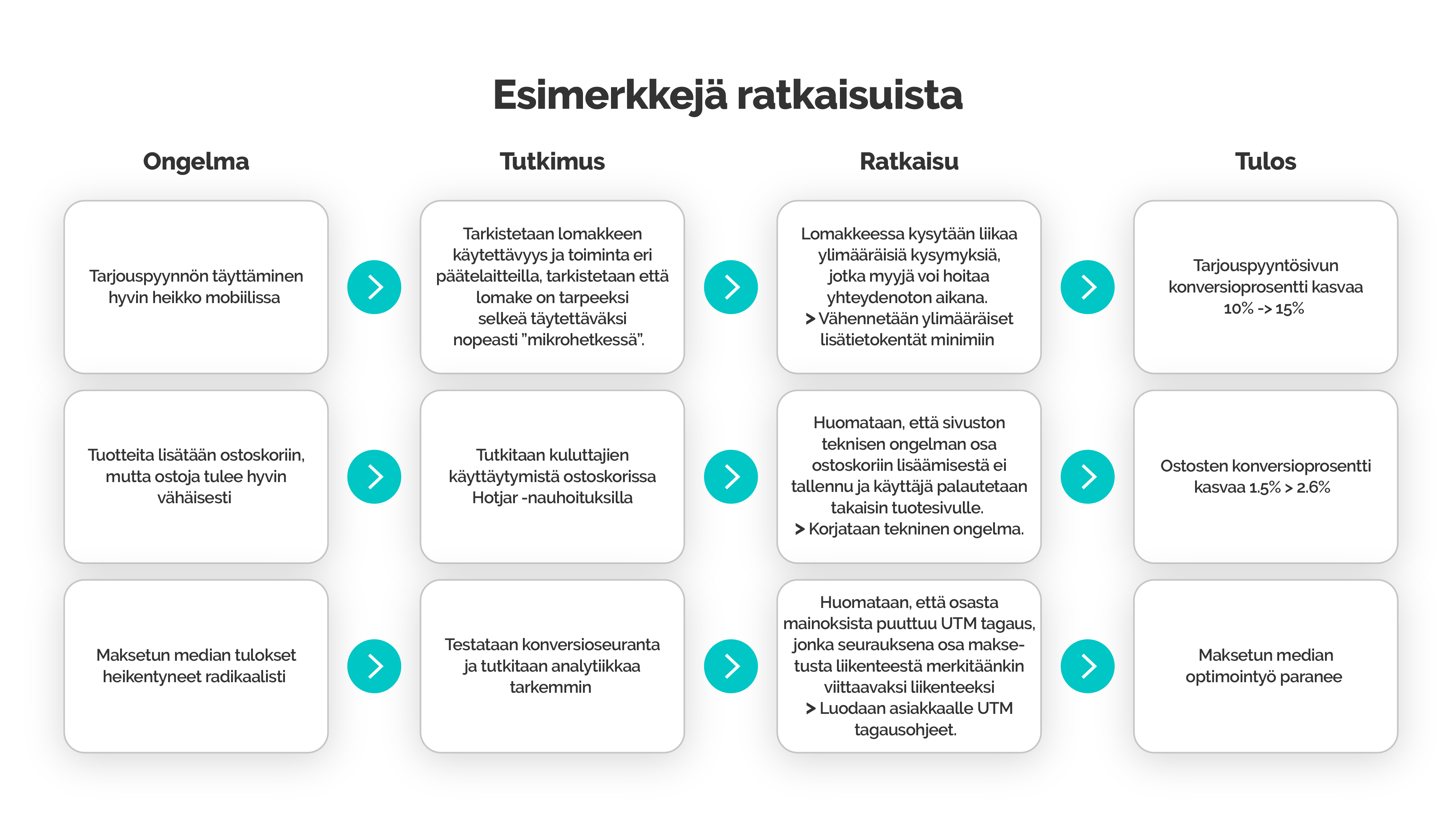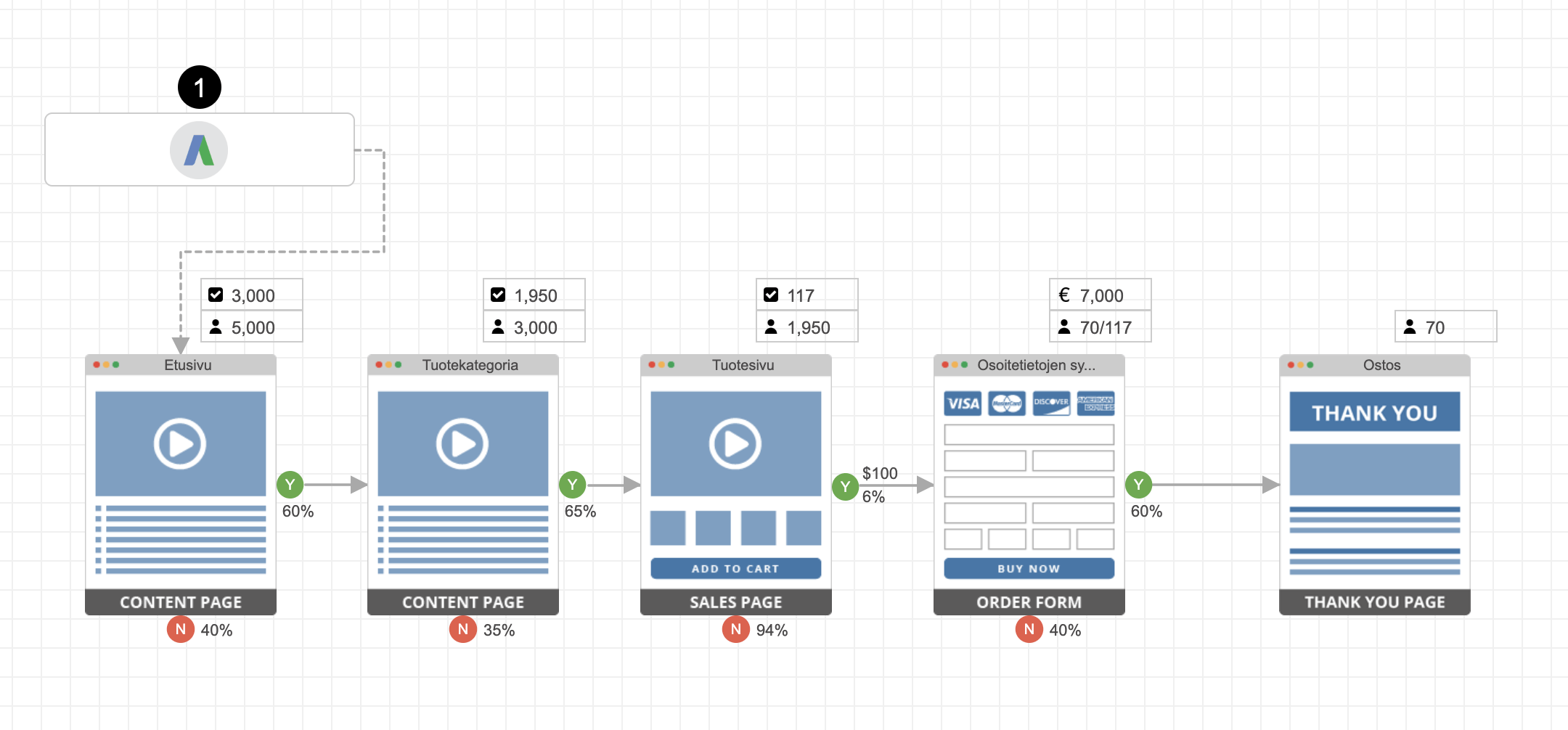Your website attracts a lot of visitors, products are clicked into the shopping cart, but the purchase itself is left unfinished. What is the issue?
Conversion optimization brings solutions to these problems
Conversion optimization focuses on understanding the reasons behind users’ activity: Why they’re visiting the site, how to convince them of your service, and how to provide them with the best experience. Conversion optimization is often perceived as just a geek dabble, which would help you find a solution to all your problems, as long as you study analytics deep enough.
There is no denying that analytics is useful; many problems can be found, e.g. in the technical implementation of the website, in which case repairing a broken form found in analytics can have a really big impact on the performance of the online store.
However, often there is nothing bigger wrong with your website. The typical situation is that your company has just implemented a months-long, remarkably expensive website revamp, but conversions are on a downward trend. In this case, more detailed research is needed, so a conversion optimization professional is called in to help make a conversion optimization strategy.
Why should you do conversion optimization?
What do you need to do to increase the company’s profits? Conversion optimization gives you more results to enhance your current marketing efforts. Conversion optimization is one of the best tools for growth.
Opinions about the colours of the buttons on your website or the most appropriate main image are not conversion optimization, but only opinions. Effective conversion optimization is based on a comprehensive study of what’s going on on the site, what are the points of improvement on the site, and what’s the cause of them. It is only on the basis of this information that we can start repairing the site and improving the customer path towards conversion.
Compare conversion optimization with going to the doctor, which option would you end up with?
A) Interview the patient promptly and send them directly to heart surgery based on the symptoms they have reported.
B) Carry out a comprehensive study be to first identify the problem and decide whether surgery is even the right way to treat it?
How is the conversion rate calculated?
The conversion rate is calculated using a very simple formula: dividing conversions with visitors and multiplied by 100. That is, if you bought a total of 30 times in the online store last month and had 2,000 visitors, your conversion rate is 30/2000 x 100, or 1.5%.
What is a good conversion rate?
It is usually written that a good conversion rate would be at least 1-4% between, but each website and the conversion itself is different. The conversion rate for sending a request for quote can be a few per mil on B2B’s website, but it can bring in a sale of hundreds of thousands of euros and therefore be very profitable. Whereas in the B2C online store, a conversion rate of over 20% can be unprofitable for your business if you sell products priced at a price of a couple of euros.
So there is no perfect industry standard that you can trust and blindly pursue by all possible means. As an example, you’d be guaranteed to grow your online store’s conversion rate through the ceiling if you offered all your products completely free of charge when they’re home-delivered. So it’s better to find out more deeply what’s important to the user and how you can make it easier for them to progress along the purchase path, which also increases the conversion rate with it.
It is said that a good conversion rate is better than your conversion rate last month.
If you get a slightly better conversion rate every month, you’re sure to get better results.
Why do I have to measure more conversions, isn’t one enough?
Each stage of the purchase path has its own conversion rate, and each has a very important impact on the end result. If you only try to fix one point in the purchase path (e.g. adding a product to your cart), you will not get the most out of it. Therefore, for best results, try to optimize all stages of the purchase path separately. Next, I’ll tell you what happens in practice when you develop conversions along the entire buying path, reducing the barriers to buying.
Online store conversion optimization, why is it important?
Let’s say you have an online store with an average purchase of €100, of which you’ll be left with 50%. Every month, 5,000 visitors from Google are brought to the front page of the online store, for which you pay €0.30 per visitor in advertising costs.
Let’s say there are 4 different steps in the purchase pipeline, each affecting the final result:
- 50% of front page visitors go to the category page
- 60% see the product they like and go to the product page to get to know the product better
- 5% adds the product to your cart and goes to checkout
- 50% enters address information, payment method and pays for purchase
As a result, you will receive a total of 37 transactions for €3,700, of which you will be left with a profit of €350 after expenses.
Step 2 – Fix website with conversion optimization strategy
- in the audit phase of conversion optimization, it is noticed that the button for switching to front-page e-commerce is in a blurry place, images take up too much space, and the page load speed is slower than normal due to additional javascript files. When these things are fixed, after the changes, the conversion rate on the front page increases by 50% > 60%.
- product category page, it is noticed that the product listing is displayed alphabetically and the most popular products remain on the other page. The order of the product category page is changed so that the most popular products come first. Conversion rate increases by 60% > 65%.
- Product pages, you’ll notice that there are social media share buttons below the buy button that are hardly used. The buttons will be replaced by much more important information for the customer, such as free shipping and a 30-day return right. Conversion rate increases by 5% > 6%.
- , the customer is asked unnecessary questions, which do not directly affect the delivery of the purchase to the customer. Thanks to the clarification of the , the conversion rate increases by 50% > to 60%.
And be that as it may: 70 pieces will be sold for €7,000 and you will be left with a profit of €2,000 after
Volume of trade increased by 89% through conversion optimization and revenue increased by 471%. If all the figures remained the same, the annual online store would generate €19,800 more than before conversion optimization.
Still doubt that conversion optimization is worthwhile?
—
What is the conversion optimization strategy?
The conversion optimization strategy reveals the worst pain points on the website and how to improve the website’s customer experience. Thanks to the improved customer experience, buying becomes easier and sales barriers are reduced, improving the result from the website.
Your site will be audited to collect quantitative and qualitative information about the site’s functions. Based on the collected data, a conversion optimization strategy will be developed. The end result is a comprehensive report on development proposals, site usability, content and technical challenges.
Summary
Conversion optimization may sound like geek dabbling, but in the right hands, it increases the result your website makes. Why wasn’t the product added to the cart, why wasn’t the request for quote sent, or why didn’t I get in touch? When attention is paid to the right things, conversion optimization can be used to find, for example, the pain points that prevent trade from being made.
When you want to know if there are pain points on your website that need conversion optimization, please contact us! Let’s put your marketing performance curves on the increase together.
Yes thank you, I want help with conversion optimization
—
If you want to understand more conversion optimization, I’m sure there’s a lot of good reading to read about these blogs:
- CXL | Conversion Optimization – Marketing Blog
- VWO | Blog On Best Practices – Insights in CRO, UX, CX
- Convert.com | Blog: Top AB Testing Blogs
- Clicktale Blog | Enterprise Experience Analytics
- Hotjar | Improve your user experience by listening to your customers
- Crazy Egg | Website and Conversion Optimization Blog
- UserTesting | Blog: UX, CX, Product, Design, and Marketing Resources
- Unbounce | The Landing Page and Conversion Optimization Blog
